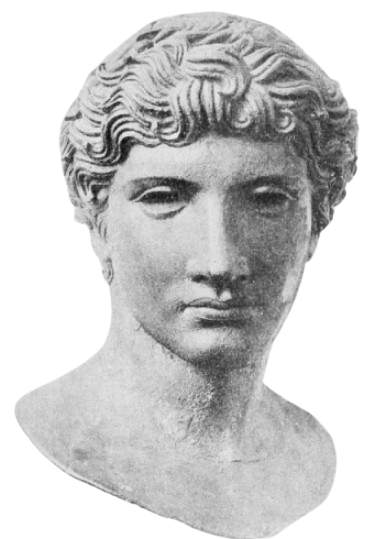Olympic victor monuments and Greek Athletic Art - Chapter II
GENERAL CHARACTERISTICS OF CHAMPION STATUES IN OLYMPIA
Downloads

|
OPEN ACCESS: Artigo disponível/Article available/Artículo disponible - ASSINANTE/SUBSCRIBER: Artigo para Assinante do periódico/Article for Journal Subscriber/Artículo para suscriptores de este periódico - PAY-PER-VIEW: Compre o artigo e leia/Buy the article and read/Compra el artículo y lee - IMAGE: HISTÓRIA DA ARTE GREGA DOS MONUMENTOS DE CAMPEÕES OLÍMPICOS - CAPÍTULO II |
Keywords:
Greek art, Olympics, Olympic champions, Greek sculpture, Ancient Greece, Greek godAbstract
Only a few insignificant remnants of the forest of victor statues which once stood in the Altis at Olympia were unearthed by the German excavators. Most of these statues already in antiquity had been carried off to Italy, while those which escaped the spoliation of the Roman masters of Greece were destroyed at the hands of the invading hordes of barbarians in the early Dark Ages. Consequently only here and there in modern museums can isolated fragments of these originals be discovered, which have accidentally survived the ravages of time and man.
In the almost complete absence of originals, therefore, we depend for our knowledge of them on a variety of sources. In attempting to reconstruct them we have two main sources of information to aid us, the literary and the archæological. To the former belong the many inscriptions found on the statue bases recovered at Olympia, which contain the name and native city of the victor, the athletic contest in which his victory was won, and frequently some account of his former athletic history; epigrams preserved in the Greek anthologies and elsewhere, some of which agree with those inscribed on the statue bases; more or less definite statements of scholiasts and the classical writers in general, especially the detailed account of the monuments of Olympia contained in the fifth and sixth books of the Ἑλλάδος περιήγησις of Pausanias, who visited the Altis during the reign of Marcus Aurelius Antoninus, and also the somewhat systematic treatment of Greek sculptors and their works in the elder Pliny’s chapters on the History of Art. To the latter source belong the remnants of statues in bronze and marble found at Olympia, as well as the recovered bases, on many of which the extant footmarks enable us to recover the pose of the statues which formerly stood upon them. Finally, in reconstructing these athlete statues, an intimate knowledge of Greek sculpture in all its phases and periods is essential. Here, as in the general study of Greek sculpture, where the destruction of originals has been almost complete, we are largely dependent on Roman copies which were executed by more or less skilled workmen, chiefly for wealthy Roman patrons of art who wished to use them to decorate the public buildings, baths, palaces, and villas of Rome and other Italian cities. A careful study of these copies has evolved a series of groups, which have been assigned with more or less probability to this or that artist. Representations of the various poses of the athlete statues of Olympia and elsewhere are found also on every sort of sculptured and painted works—reliefs, vases, coins, gems—which are, therefore, valuable in any attempt to reconstruct the attitude of a given statue.
ARK
— Persistent identifier for this article: ark:/40019/oly.v1i1A.15.g25
Published
How to Cite
Issue
Section
ARK
License
Copyright (c) 2023 Walter Woodburn Hyde; Paulo Franco Rosa

This work is licensed under a Creative Commons Attribution-NonCommercial-NoDerivatives 4.0 International License.






